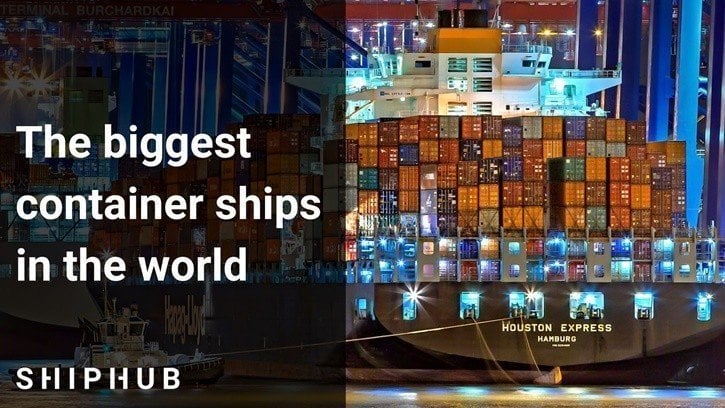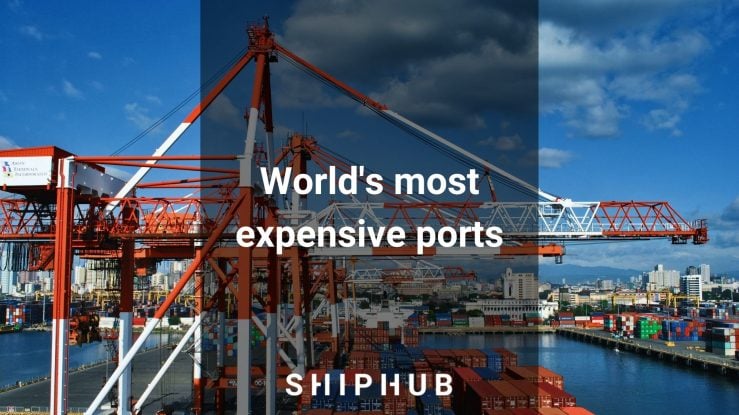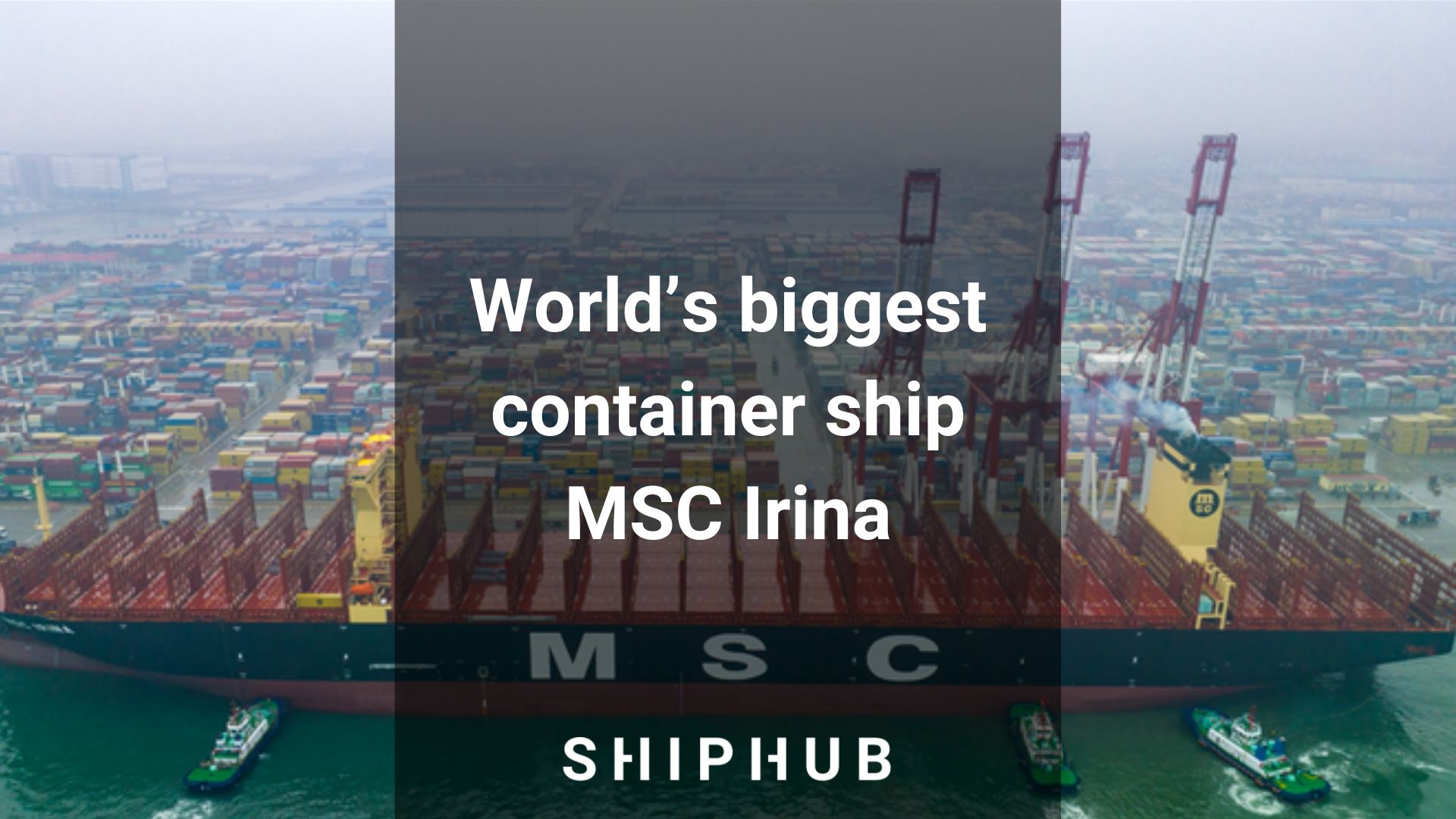A number of so-called special economic zones (SEZ) have been established around the globe. Each of them constitutes an administratively separate part of a country, where business can be conducted on preferential terms. We present special economic zones of the world.
Special economic zones – origins
Special economic zones usually cover the areas of important transport nodes, such as major seaports, international airports, and other locations strongly connected with transportation. One can also distinguish SEZs that are established in cooperation of two countries. The first special economic zone was known as “the free zone” or “the free-trade zone”.
Interest in creating special economic zones worldwide began in the 1960s and started growing rapidly in the 1980s. Currently, there are as many as over 5400 SEZs in the world, of which 1000, in the estimation, have been established over the last 5 years.
What exactly are free-trade zones?
A free-trade zone is a sort of special economic zone. It operates as a designated economic area free of trade-related charges such as duties and taxes. This means that within its territory the production, storage, and handling of goods are subject to various customs preferences.
Where are special trade zones located?
Since World War II, it have been mainly Europe and the USA that were the driving forces behind global economic trade. Most SEZs are therefore located on these territories. However, recently one could notice a substantial shift in global trade. That is because the emerging markets such as Africa, Dubai, India, and Singapore are increasingly popular.
Advantages of special trade zones
Free trade zones have been designed to stimulate economic growth, which is why often there is a variety of business reliefs offered in the areas. The main advantages of creating SEZs are:
- promoting trade and business-related possibilities
- stimulating commercial exchange between countries
- low costs of logistics
- less bureaucracy
- increase in currency exchange gains
- new employment possibilities
- lifting barriers to the export of goods
- more investment freedom
- business diversification
- expansion abroad.
Disadvantages of special trade zones
Even though special economic zones offer numerous possibilities, in some cases they also pose a threat, especially when it comes to less developed countries.
- Posing a threat to intellectual property – copying ideas and selling them as counterfeits. This regards especially the countries that have not implemented regulations concerning intellectual property protection.
- Unhealthy work environment – shortcomings in labor protection legislation.
- Reduction in tax revenue.

Examples of the most influential SEZs in the world
1. North American Free Trade Agreement (NAFTA)
Member countries: Canada, Mexico, the USA.
2. EU-Japan Economic Partnership Agreement
Members: the European Union, Japan.
Japan is planning to abolish 97% of duties on goods imported from countries of the EU, in particular on groceries and agricultural products (especially cheese and wine). Countries of the EU are in turn planning to gradually open up to the Japanese car industry.
3. African Continental Free Trade Area (AfCFTA)
The largest free trade agreement in terms of population.
Signatories – 52 countries of the African Union: Algeria, Angola, Botswana, Burkina Faso, Burundi, Cameroon, Central African Republic, Cape Verde, Chad, Comoros, the Democratic Republic of the Congo, Djibouti, Egypt, Eswatini, Ethiopia, Equatorial Guinea, Gabon, Gambia, Ghana, Guinea, Guinea-Bissau, Ivory Coast, Kenya, Lesotho, Liberia, Libya, Madagascar, Malawi, Mali, Morocco, Mauritania, Mauritius, Mozambique, Namibia, Niger, Republic of the Congo, Rwanda, Reunion, São Tomé and Príncipe, Senegal, Seychelles, Sierra Leone, Somalia, South Africa, South Sudan, Sudan, Tanzania, Togo, Tunisia, Uganda, Western Sahara, Zambia, Zimbabwe.
4. Association of South-East Asian Nations (ASEAN)
Member countries: Brunei, Cambodia, Indonesia, Laos, Malaysia, Myanmar, Philippines, Singapore, Thailand, Vietnam.
5. The European single market
Member countries: 28 countries of the European Union, Iceland, Liechtenstein, Norway, Switzerland.
6. Special economic zones in China
Currently, there are 12 special economic zones in China. The first free-trade zone was created in Shanghai in 2013. Besides that, there are the following Chinese SEZs: Chongqing, Fujian, Guangdong, Hainan, Henan, Hubei, Liaoning, Shaanxi, Sichuan, Tianjin, Zhejiang.





